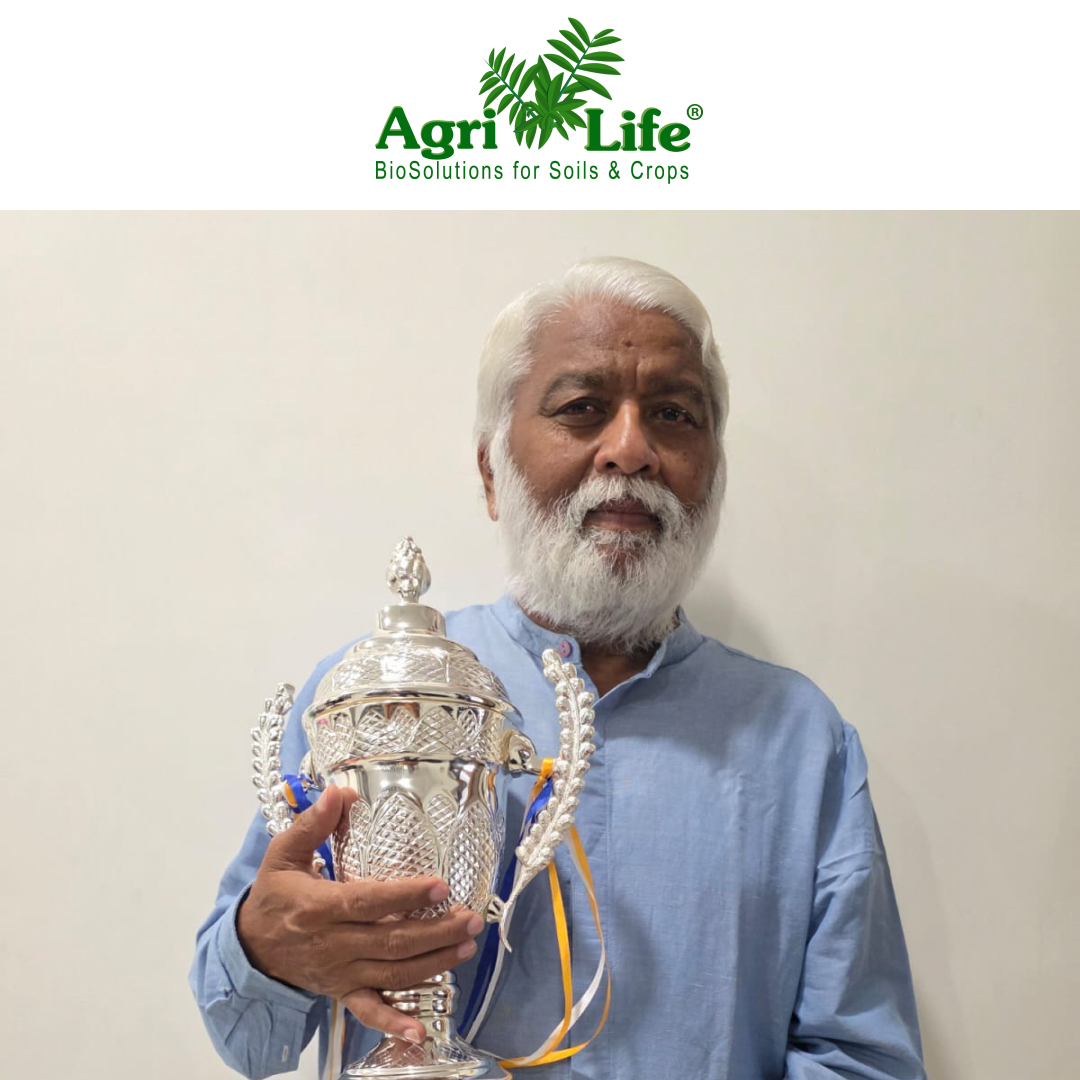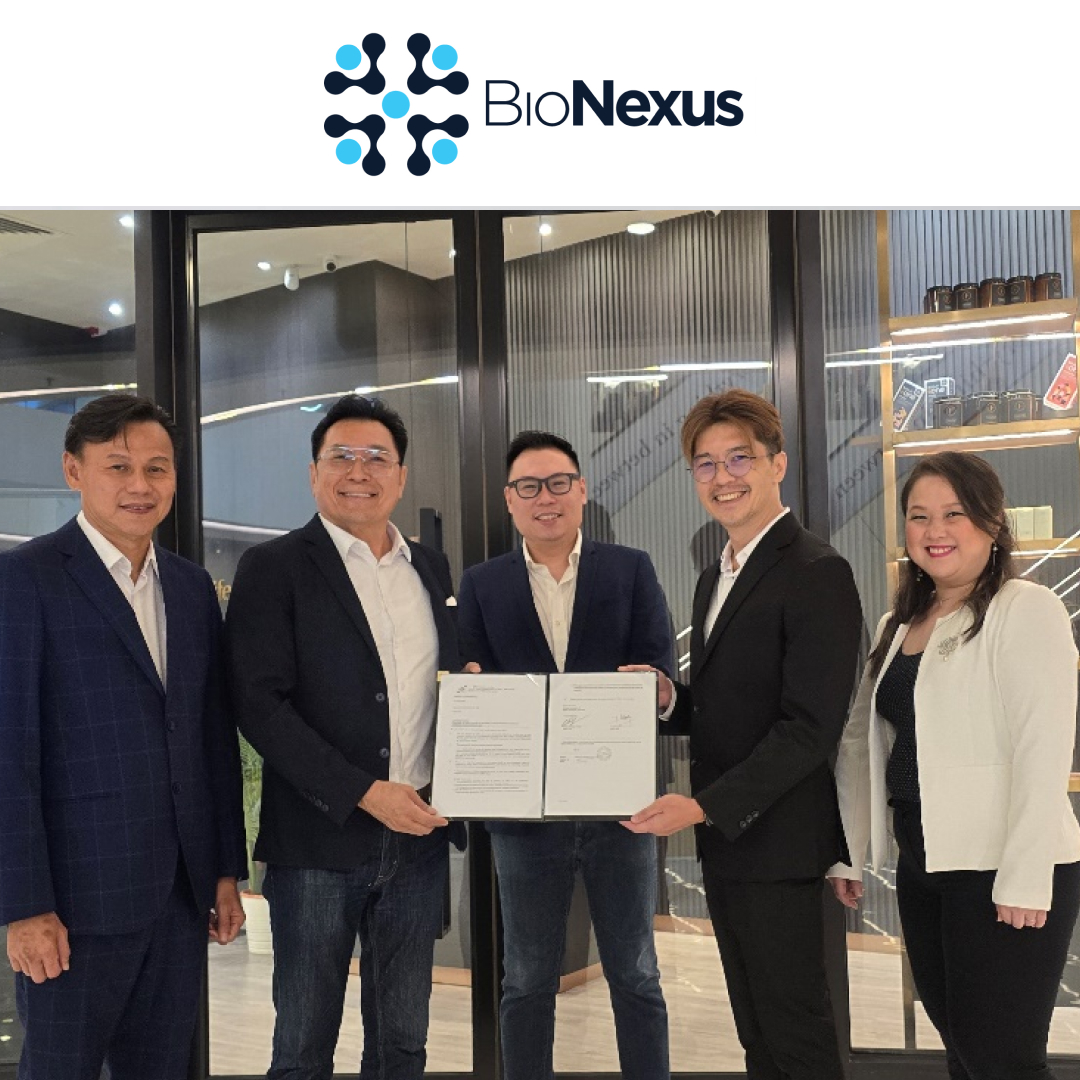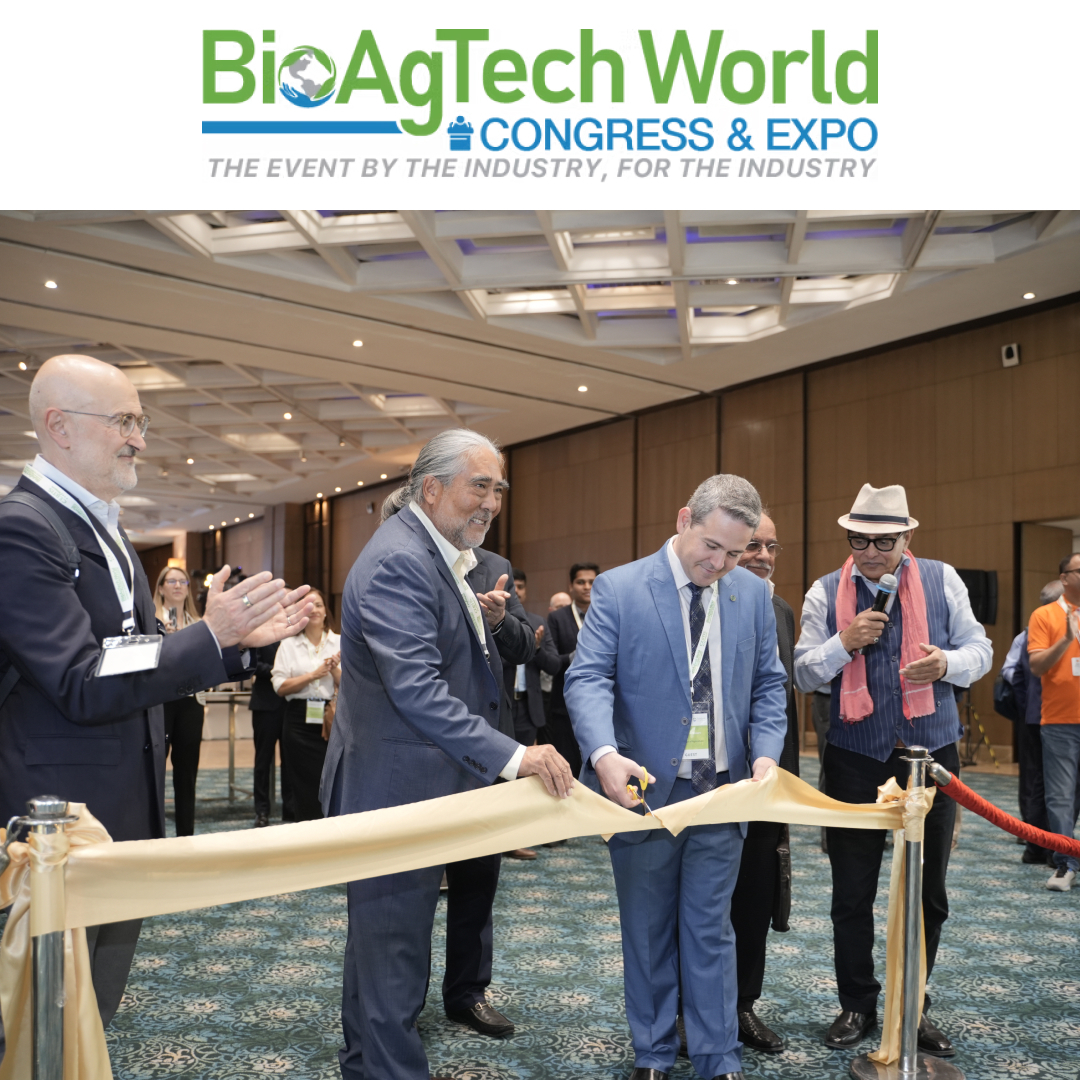
Biostimulants have seen a remarkable interest spike in the past two years, particularly the ones that
could reduce the amount of micronutrients’ inputs into soil and crops. The soaring prices of NPK
fertilizers and other fertilizing materials have been a key driver for microorganism-based biostimulants
that could improve the absorption of micronutrients by the plant, make them available in a form that
the plant can actually use, or even by improving root health to improve nutrients’ availability to the
plant. Such growth in demand for microorganisms led to a sense of urgency to have a harmonized
definition for a plant biostimulant in the different geographies. It seems that Regulators have been
trying to agree on a common definition – not least to facilitate trade of treated crops – but we are still
miles away from achieving the ambition of having a global definition for plant biostimulant and defining
the border to plant protection/disease treatment.
But where actually is the border between plant health and plant protection or disease prevention
disease? This seems to be a very difficult line to draw in a piece of paper to allow for regulatory agencies
to establish separate procedures and requirements for these technologies. Today, the border seems to
be set based on the claims made by the product label. A claim for plant protection against disease,
disease prevention or even plant strengthener/elicitor (in some geographies) will make the product a
plant protection product/pesticide, whereas no claim on disease control/prevention would open the
possibility for a biostimulant commercialization. Basically, the line is set between abiotic and biotic
stress.
The EU has attempted to regulate biostimulants at the Union level under a newly created Regulation
(EU) 2019/1009 (aka FPR, Fertilizing Products Regulation, which came into force in July 2022) to
facilitate biostimulants trade between the Member States, under a CE mark on the product. The
Regulation is rather complex with its different product categories and product functions, each of them
with a specific set of requirements to achieve the CE mark on the product intended to be
commercialized in all Member States. The granting of a CE mark is neither an approval nor a listing of
authorised products, it’s a license to sale based on a conformity check of the product against certain
pre-defined requirements. This is important because such process – right to commercialize – is different
from approvals/authorisations of products under the plant protection legislation. Under right to
commercialize, applicants submitting data necessary for getting the CE mark will not get any protection
on their data and, thus, second applicants will benefit for the investment done by the first applicant.
This is particularly important for microorganisms species not currently listed under the FPR regulation,
but being used as biostimulants in several EU member states. The FPR today only lists 4 microorganisms
as eligible for the CE mark (Azotobacter spp.; Mycorrhizal fungi; Rhizobium spp.; Azospirillum spp),
meaning that only products containing these microorganisms are eligible to be sold in all Member States
under the CE mark. Nonetheless, it is still possible to use national rules, different in each Member State,
to get other microorganisms species approved for use as a biostimulant in that Member State. The
possibility to access the market is still there (under national rules) but the process to obtain licenses
country by country requires more time, additional regulatory complexity and varied outcomes (e.g.
labels) depending on the agencies doing the assessment
Discussions are ongoing on how to increase the number of microorganisms listed under the FPR besides
the nitrogen-fixing microorganisms listed today. Which microorganisms can be added into the FPR list?
How to deal with species that are known to have direct fungicide/bactericide activity against plant
pathogens? Are they going to be listed at strain level to allow for a separation between biostimulant
strains and fungicidal strains? And who will be providing the data for the first FPR inclusion knowing that
everybody else can market the same species once it is listed?
There are more questions than answers today. The main one being: do we really need this discussion if
we find a common way to handle all microorganisms for agricultural use, irrespective of their claims?
Clearly, nobody is interested in regulating microorganism-based biostimulants under plant protection
rules. This will massively slowdown innovation in the sector. Yet, what we are seeing today with the
difficulty to expand the list of microorganisms under the FPR is a de facto bottleneck to the
commercialization of new biostimulants. It is probably too early to put in place some aligned procedures
for the approval of microorganisms for use in agriculture, irrespectively of their claims, but we should be
starting this conversation, particularly taking into consideration the promising outcome of microbiome
research and our increasing understanding of the use of microorganism consortia in agriculture. A quick
fix to align microbial-based biostimulants with plant protection products rules is not desirable. It is the
way we assess microorganisms-based products today that should be the starting point for this
conversation.
The song “That’s Not My Name”, by The Ting Tings, was playing on the radio when I opened my laptop
to write this text. I found the name suitable, in the absence of a better title.
Disclaimer: the text expresses solely the personal thoughts and views of the author on the topic and do
not necessarily reflect views, opinions, or positions of any organization to which the author is affiliated.
Author: Dr. José Carvalho is currently Europe Regulatory Lead for Certis Biologicals (aka Certis USA
L.L.C), Chair of the IBMA Microbial Professional Group and member of the IBMA Council.






